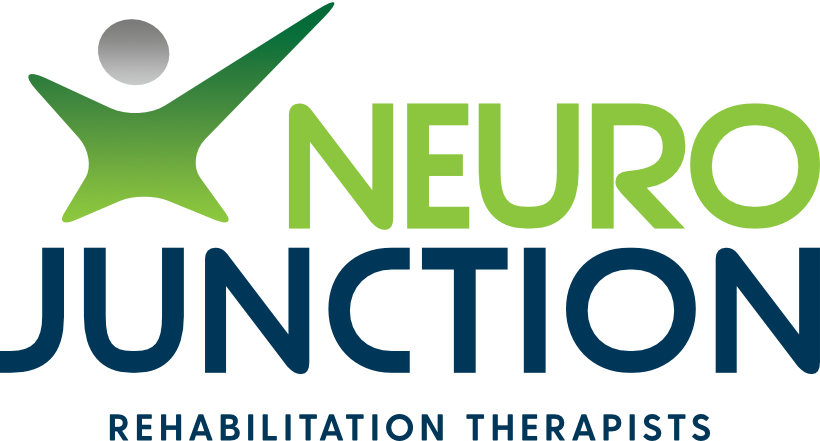Paratonia
Paratonia is a dementia-induced motor abnormality. It is the inability for a person to relax their muscles during passive movements. There are two types of paratonia:
Oppositional paratonia occurs when subjects involuntarily resist passive movements
Facilitatory paratonia occurs when subjects involuntarily assist with passive movements.
For instance, oppositional paratonia is commonly seen when a carer attempts to assist to lift the arm of a client up to clean under their armpit and the client appears to resist this movement. Paratonia differs to other conditions that may cause an increase in muscle tone such a spasticity following a stroke or rigidity from Parkinson’s Disease although they cause similar issues. Paratonia can be assessed through the Paratonia Assessment Instrument (PAI) which allows therapists to differentiate from other types of conditions that cause a change in muscle tone.
In advanced dementia, paratonia may lead to fixed postures, also known as contractures. Fixed postures may lead to skin breakdown (pressure injuries), infection, and pain upon movement, thereby reducing comfort and quality of life. Some of the consequences of paratonia include difficulties with washing, dressing, feeding, and providing general care to the client as well as increased caregiver burden and stress. This is of particular concern as the increased burden can lead to injuries to the supports caring for the person living with dementia.
People living with dementia may commonly adopt a position where their knees are bent and are together, arms crossed over their body, pelvis rotated, and neck rotated or tilted. This posture can be seen in the following picture.
Recognising paratonia is crucial in managing the risk of fixed posture development, but also to reduce the strain on formal (support workers) and informal (family members) supports and therefore reducing the risk of injury. The two current recommended interventions to help manage paratonia are supporting cushions and harmonic techniques. Studies have shown beneficial short-term effect on range of motion through the use of supportive cushions and harmonic techniques. Whilst harmonic techniques were found to have an extra benefit on reducing the client’s pain and caregiver’s discomfort during care.
Support cushions can range from standard pillows to more specialized, custom-made systems designed to properly position a client. This positioning enhances stability, comfort, and relaxation. It is also suggested that individuals with paratonia may compensate for reduced body awareness by seeking tactile stimuli, such as pressing their knees together, which can result in a forced posture. Providing tactile input through the use of cushions may help reduce the need for other forms of sensory input and potentially have a positive impact on paratonia.
The secondary recommended strategy is harmonic techniques. These are suggested as an alternative to passive mobilization, because relaxation obtained by rocking movements may induce muscle tone reduction. Harmonic techniques are described as soft pulsating movements, which contain a group of manual techniques bringing a state of resonance in body masses and tissues by gentle rocking parts of the body.
Our physiotherapists and Occupational therapists are experienced in working with dementia and can assist with the assessment and management of Paratonia through the prescription of supporting cushions and training support workers on harmonic techniques.
References
Van Deun, B., Van Den Noortgate, N., Van Bladel, A., De Weerdt, K., & Cambier, D. (2019). Managing Paratonia in Persons With Dementia: Short-term Effects of Supporting Cushions and Harmonic Techniques. Journal of the American Medical Directors Association, 20(12), 1521–1528. https://doi.org/10.1016/j.jamda.2019.04.031
Ganguly, J., Kulshreshtha, D., Almotiri, M., & Jog, M. (2021). Muscle Tone Physiology and Abnormalities. Toxins, 13(4), 282. https://doi.org/10.3390/toxins13040282
Van de Rakt J. The development of a fetal position in psychogeriatric patients: A hypothesis. Fysiotherapie en ouderenzorg; 1997:2e6.


